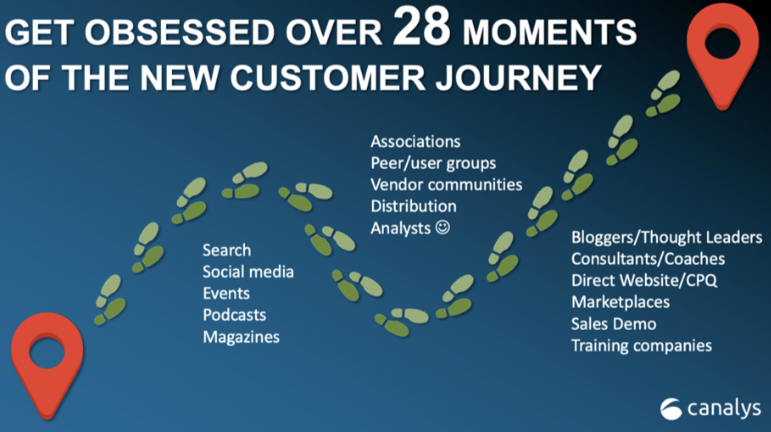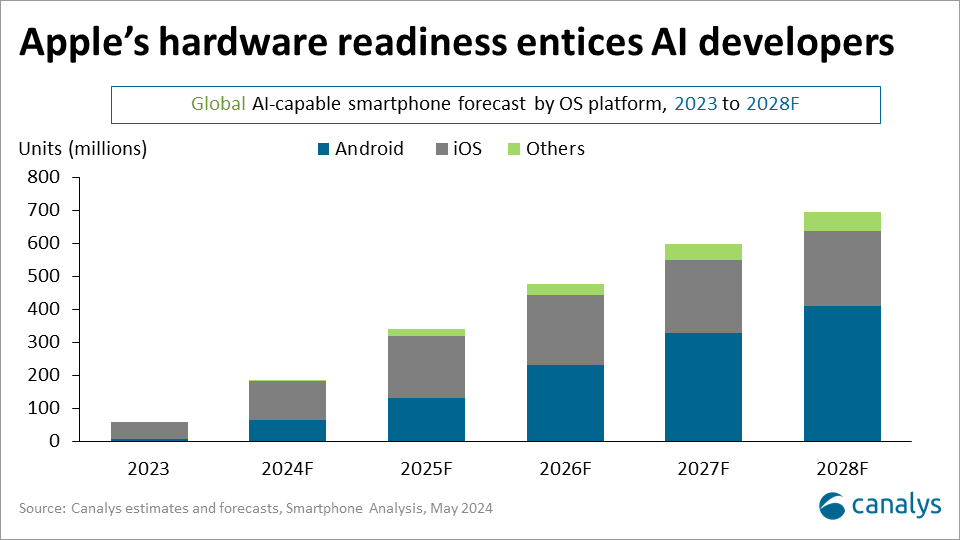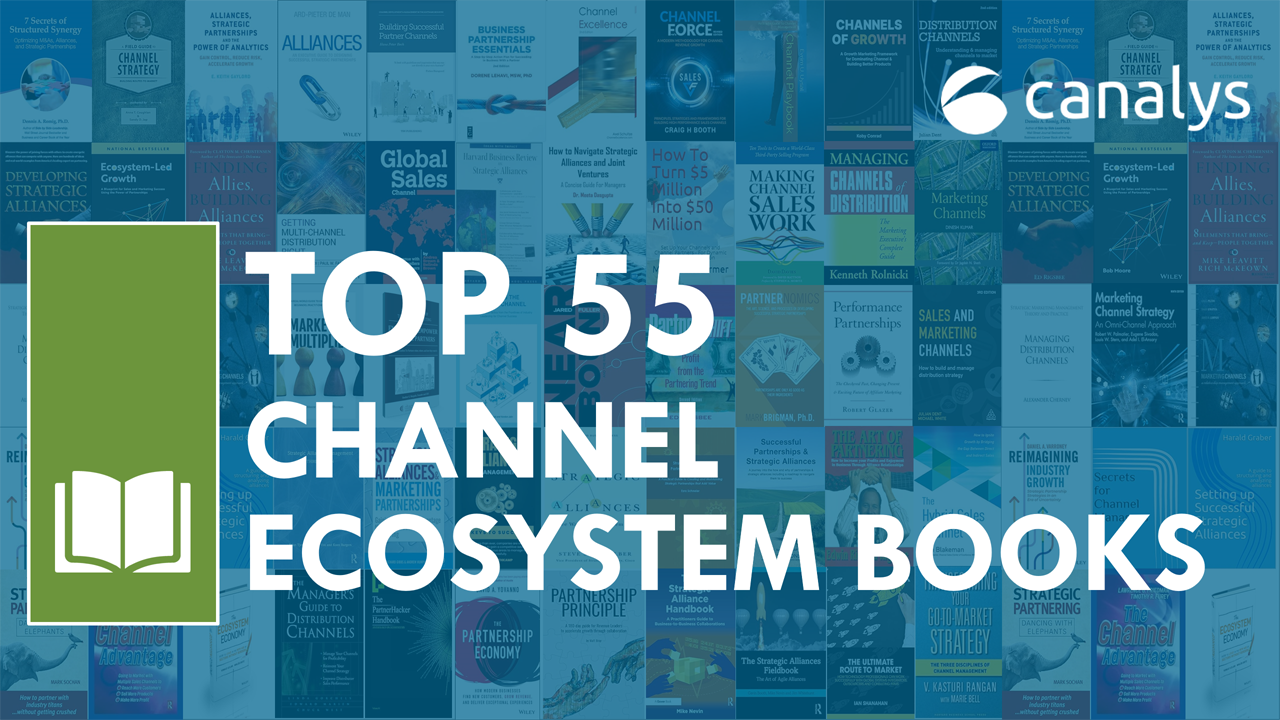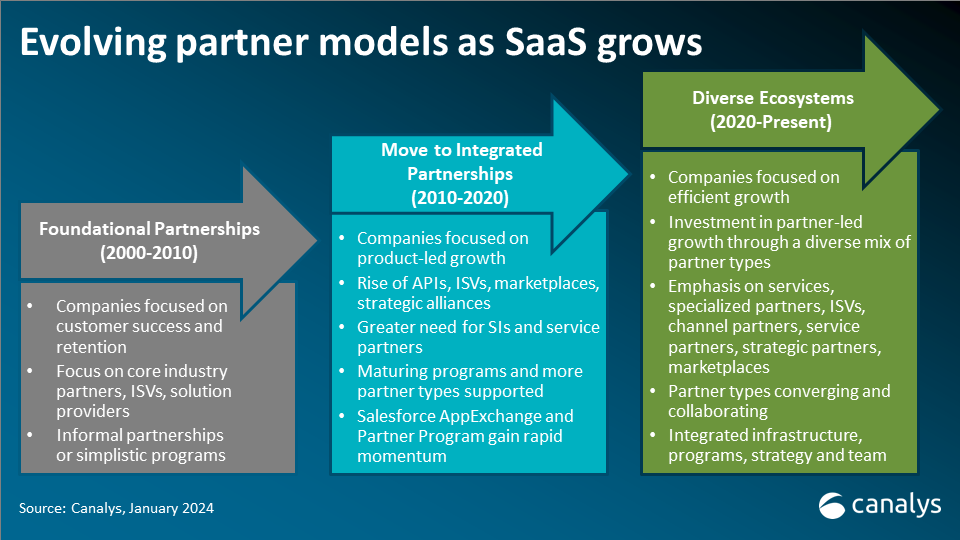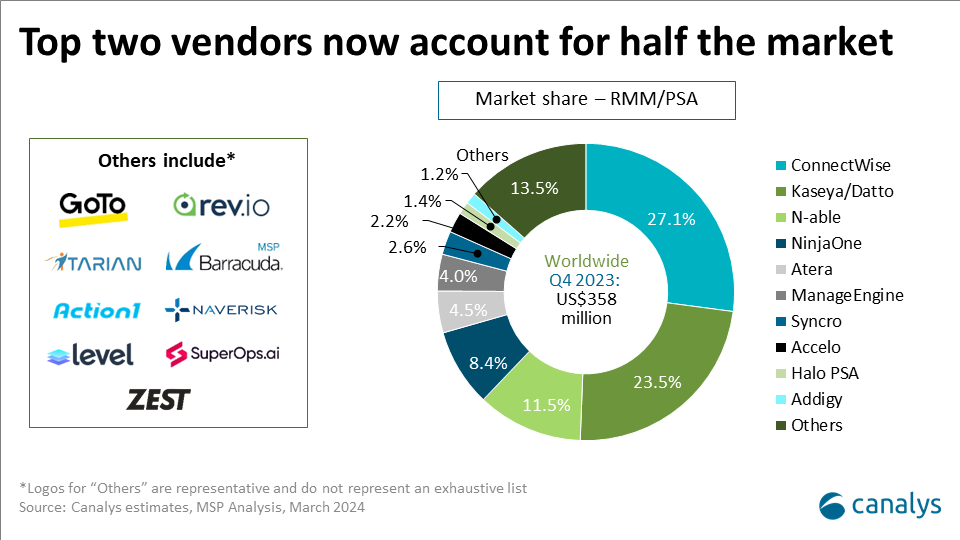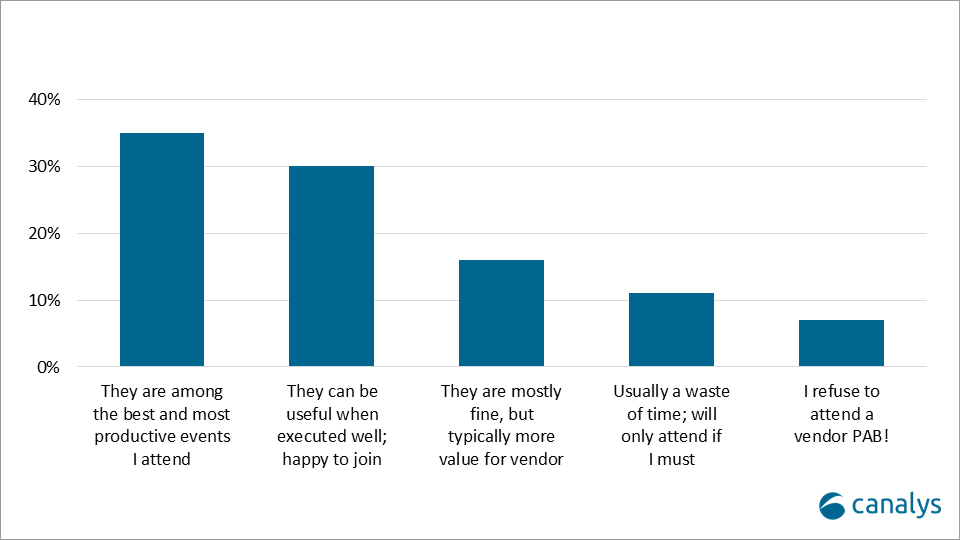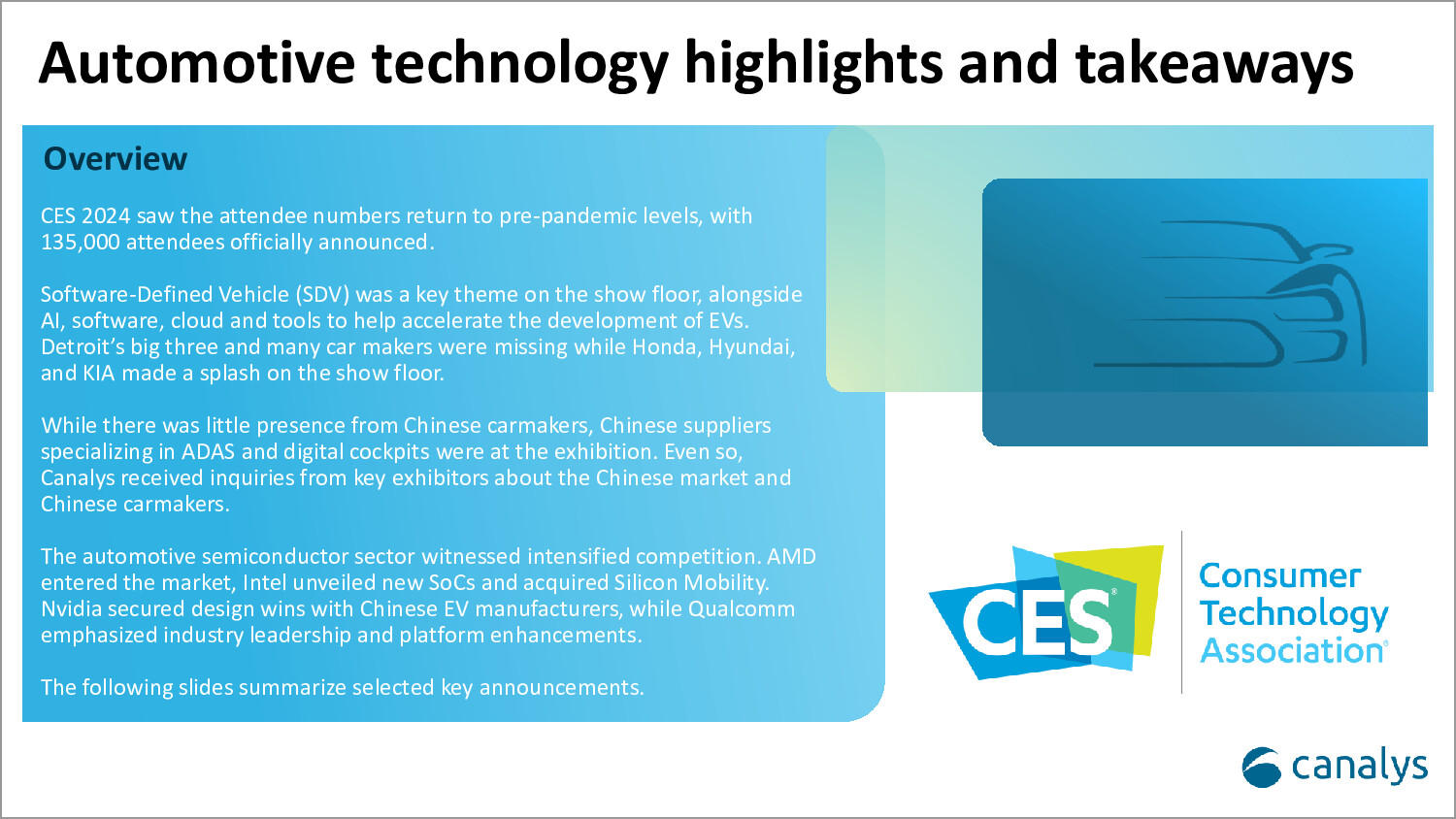Canalys is part of Informa PLC
This site is operated by a business or businesses owned by Informa PLC and all copyright resides with them. Informa PLC’s registered office is 5 Howick Place, London SW1P 1WG. Registered in England and Wales. Number 8860726.
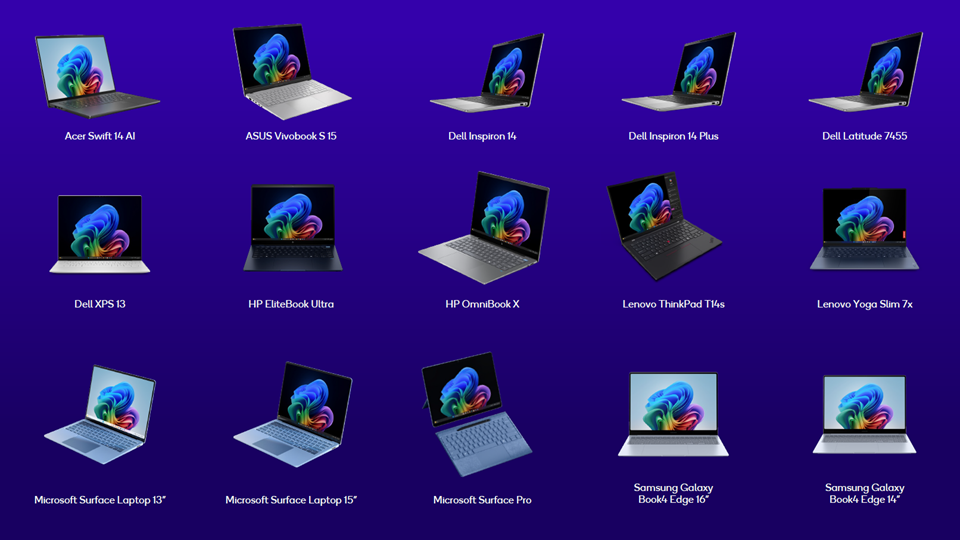
Qualcomm’s vision of a reborn PC experience through Snapdragon X Elite
At COMPUTEX 2024, Qualcomm unveiled its “PC Reborn” vision, expanding AI PC choices with over 20 new products from seven OEM partners. Our exclusive video interview and blogs give insights into the opportunities and challenges ahead.


At COMPUTEX 2024, Qualcomm unveiled its “PC Reborn” vision, showcasing over 20 products from seven PC OEM partners. Among these were models that were previously exclusive to Intel, demonstrating the industry’s recognition of Qualcomm's next-generation processor performance and energy efficiency, and greatly expanding the AI PC choices available to customers.
Canalys' key insights
- Qualcomm's “PC Reborn” vision at COMPUTEX 2024 showcases its emergence as a major player in the PC industry, with over 20 products from seven PC OEM partners emphasizing the performance and energy efficiency of next-generation processors.
- The collaborative efforts between Qualcomm and Microsoft to enhance user experiences and leverage AI capabilities in PCs highlight the importance of software application development for the success of the CoPilot+ category.
- Qualcomm's focus on power efficiency and battery life gives it a competitive advantage in delivering enhanced AI-driven PC experiences.
- Convincing customers to adopt Qualcomm's solutions will be an ongoing challenge due to long-established preferences, but Qualcomm and Microsoft have collaborated extensively to ensure strong user experiences, with continued investment required.
Following the event, Canalys Principal Analyst Ishan Dutt interviewed Alex Katouzian, Group General Manager of Mobile, Compute and XR at Qualcomm, shedding more light on the company’s announcements, strategy, and vision for becoming a major player in the PC industry.
Qualcomm gains an edge through its timing but must capitalize to deliver first-class user experiences and benefits
Currently, the full CoPilot+ experience is available only on the Snapdragon platform, with expansion to Intel and AMD products expected to arrive from late 2024 to early 2025. In the meantime, Qualcomm holds an exclusive advantage in delivering experiences on these next-generation PCs.
CEO Cristiano Amon's keynote at COMPUTEX elaborated on the collaborative efforts between Qualcomm and Microsoft. Beyond meeting the stringent hardware requirements of CoPilot+ PCs, a key element in determining the success of this category will be the rapid development of related software applications that leverage the NPU and deliver compelling experiences with quantifiable positive outcomes for users. To that end, Qualcomm has introduced over 100 models in their AI hub to support ISVs to integrate AI use experience into their apps. “What we are doing is we are kind of stitching the app developer and service provider ecosystem to the capabilities that these devices have. And we are kind of bringing them together in a hub where these app developers, service providers and creators can figure out these models,” said Alex Katouzian. With CoPilot keys changing user interactions with computers through the CoPilot services, this initiative aims to significantly reduce troubleshooting time, optimize solutions, create personalized tools and processes, and enhance productivity at a lower cost. Additionally, enhancing the local AI capabilities of NPUs avoids the need to transfer data to the cloud, thereby reducing data security risks and providing real-time protection against cyber-attacks. “So if you are looking to do something really quickly, your on-device AI without having any type of cloud connection, is going to generate all the data that you need. The generative AI can actually run on-device without any connection to any cloud at all whatsoever. So the immediacy is there. Privacy is there,” explained Katouzian.
Power efficiency and battery life are key to Qualcomm’s competitive advantage in delivering AI PC experiences
Despite the current buzz around AI PCs, consumers and business users still need time to familiarize themselves with new applications and interactive experiences like recall. The most immediate and noticeable consumer impact will be the significant battery life improvements brought by NPU applications and the Arm architecture. This is especially crucial as the best user experience on Copilot+ PCs depends on numerous AI models running ubiquitously and constantly in the background.“You actually have to have the efficiency of an NPU, which the Snapdragon devices are geared toward making that happen most efficiently. And it is running in a very, very pervasive way. It is continuously in the background. And so the users have to get used to that,” Katouzian asserted. Most models showcased at COMPUTEX can easily exceed 20 hours of usage in low to moderate-use scenarios (such as continuous video playback), alleviating users' concerns about battery life during a day out. Additionally, reduced power consumption brings the following benefits to enhance the user experience:
- Reduced heat generation: prevents performance throttling, ensuring consistent user experience and efficiency.
- Improved power efficiency: enables higher performance or thinner, lighter designs with the same power consumption.
- Simplified thermal management: reduces costs, potentially lowering prices and making next-generation products more affordable.
The x86 processor manufacturers have identified the importance of this trend and are making improvements to power consumption in the new generation of Lunar Lake and Strix Point products. However, according to PC manufacturers, Qualcomm's products still provide approximately four to six hours more battery life than x86 products with similar hardware specifications, maintaining an advantage in this category.
Convincing customers to adopt Qualcomm's solution will be an ongoing challenge
Despite the potential of CoPilot+ PCs to revolutionize experiences on PCs, long-established preferences and learned behaviors will make it challenging for existing users to adapt to the new natural language-based interaction methods. This adaptation process will take anywhere from several quarters to several years to become firmly embedded. However, for younger users who are just starting to learn how to use computers, the ability to input commands in natural language lowers the learning barrier, increasing accessibility and helping to drive adoption over time.
Additionally, the PC ecosystem has long been dominated by x86 processors. Qualcomm has overcome initial difficulties and continued to expand its product portfolio. Customers will also need time to recognize the advantages of this new entrant, accept it, and transition to using it. To alleviate users' concerns about application compatibility, Amon stated: “We have been busy at work with Microsoft to make sure that we have all of your apps better and faster on those PCs. We have been very busy working with the entire ecosystem, getting many apps optimized natively on the new instruction set for X Elite and the results being really incredible.” Microsoft and Qualcomm will need to continue investing to ensure stable and superior performance across various user experiences on their devices. At the same time, these developments must be clearly communicated to both end-users and channel partners so that any fears around transitioning to a new platform can be avoided. This challenge will be particularly pronounced when targeting enterprise customers.
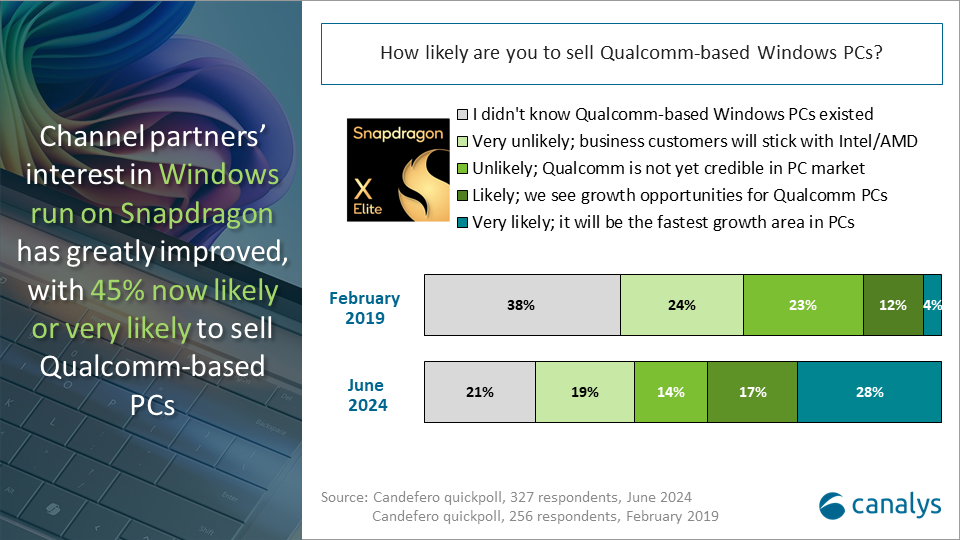
However, Qualcomm's competitive position in the commercial segment is now much improved, with a recent Canalys poll showing that 45% of channel partners are likely or very likely to sell Qualcomm-based Windows PCs, a significant improvement from just 16% in 2019. Consumers and businesses alike can expect the competition among processor manufacturers to bring more value-add to PCs across a wider range of products and price bands. Katouzian is optimistic about Qualcomm’s chances, stating: “In 2024, possibly 40% of enterprises will switch PCs, and in 2025, up to 65%. So there is this massive opportunity to change the user experience and the user behavior into an AI-based PC for the future, and Snapdragon, again, is leading that.”
For more Canalys insights on the emergence of AI-capable PCs, read our in-depth report now.
